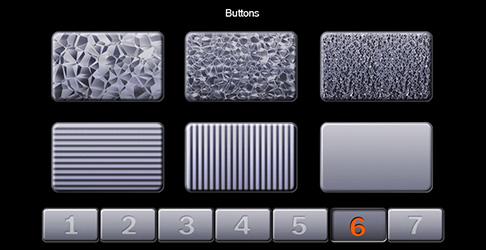IoT & Embedded Technology Blog
CES 2016, Part 2: Automotive Technologies Move Forward
At this year’s CES, booths were brimming with IoT products such as home automation devices, connected audio and video gear, pet trackers, and fitness monitors. But one of the trends that stood out most to VDC was the prevalence of automotive technology, which came to the forefront as never before.
Two of the keynote speeches at CES featured heads of major carmakers. One of the keynotes was by Mary Barra, CEO of General Motors, although more than half of her presentation was essentially a live infomercial for the 2017 Chevy Bolt all-electric vehicle, including a bit of a cheap-shot at Tesla—without mentioning that company by name—due to its lack of “neighborhood dealerships.” (Many consumers consider Tesla’s direct sales model to be a benefit over the traditional dealership business model.)
Dr. Herbert Diess, Chairman of Volkswagen Passenger Cars, also keynoted, and began his presentation with a lengthy apology over the diesel engine scandal. Then Diess highlighted four key tenants of “New Volkswagen”: electric mobility; fully connected; automated driving; and user experience. We note that all four of these relate directly to electronic technologies, and the automaker used the show to introduce its latest all-electric e-Golf Touch. In addition to the technical merits of its touch-screen dashboard, the vehicle’s name represents an interesting marketing leap for the automotive industry by making user interface such a prominent selling point. VW also introduced the Budd-e, an all-electric, 21st century concept microbus, loaded with more electronic features than VW’s own staff could readily recall.
On the topic of touch screens, we were impressed by Bosch’s neoSense haptic screen technology, which not only provides tactile feedback when pressed, it generates different tactile textures that can be used to represent button positions. This technology could help bridge the gulf between physical buttons and virtual ones by enabling drivers to feel for touch screen buttons without taking their eyes off the road.

Bosch neoSense Demo Display
Also notable to VDC was the sheer plethora of vendors, large and small, from the automotive industry’s tiered supply chain. Many of these companies, such as AllGo, Covisint, DENSO, Elektrobit, Magna International, and QNX, will never be household names, but they play important roles in technology development for the automotive market. They are among the vendors we seek to see forthcoming automotive features and functions.
Digital dashboards make compelling demos at trade shows (not to mention dealer showrooms), and many were on display throughout the automotive hall at CES, although they represent just the surface of digital technology. The more revolutionary technologies lie in advanced driver assistance and autonomous driving systems, which were widely discussed and demonstrated. Ford and Kia both announced plans to bring fully autonomous vehicles to market, the former highlighting Velodyne’s LiDAR Puck, the latest and smallest version of the laser-based technology used in many autonomous vehicles for detecting and ranging nearby objects in real time. However, conspicuously absent from the automotive area at CES 2016 was the company furthest along in autonomous driving, Google.
If it hadn’t been evident already, CES 2016 made clear that the future of the automotive industry lies more in electronic innovations than in mechanical ones.
For the second technological trend which stood out at CES 2016, look for Part 3 of our blog posts.
(For more on automotive electronics, see VDC’s recent market report, Automotive Cybersecurity: Meeting the High-Stakes Challenge.)